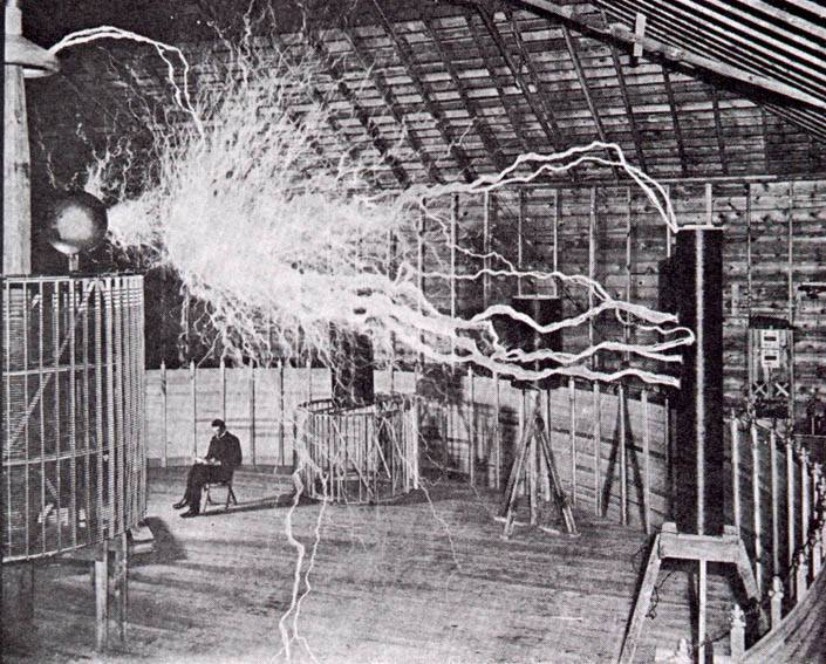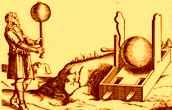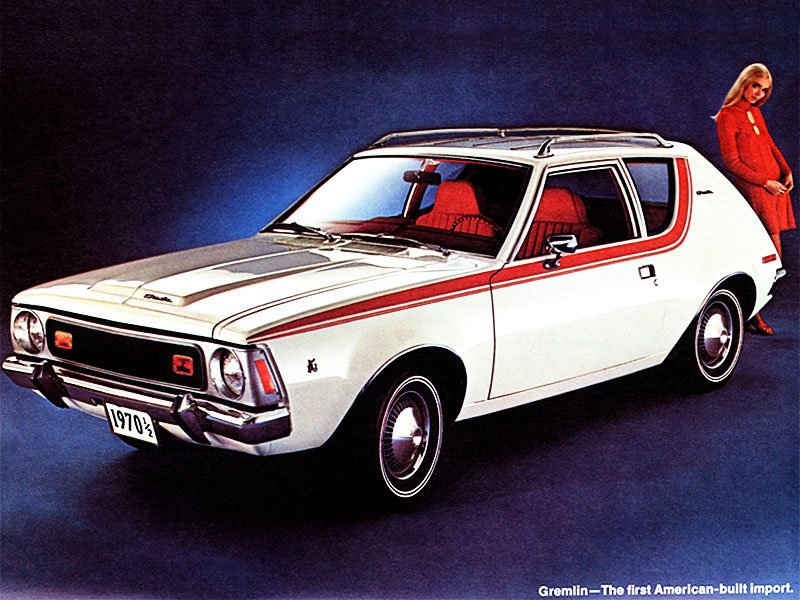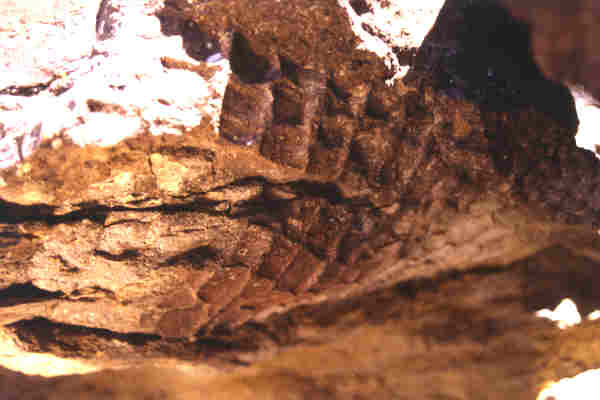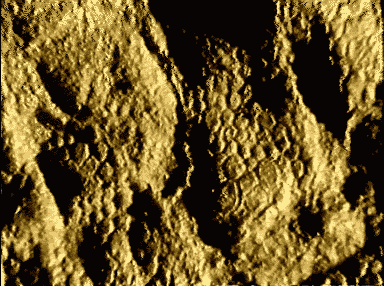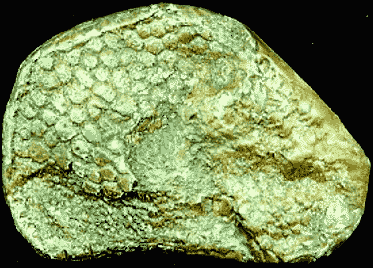
B
ASEBALL vs. OTHER SPORTS
Adam writes...
So Jim, tell me something.
I've been watching a lot of baseball lately. In fact, I've been tuning in on it all year -- on TV, on MLB.com, even on the antiquated amplitude-modulation radio stations. I've been to pro games and to minor league games, enjoying them all the same.
Just about all of my friends (2 of my 3 friends) tell me that baseball is boring and contains less action than other professional sports. They say that baseball players are less athletic, and they say because there are 162 regular season games there is simply less on the line in any given game. Overall they rate baseball as slow and less competitive.
Now what would you say in response to these different arguments? To what extent do these points of view hold weight? I prefer your answer to be 60% fact-guided reasoning, 40% emotional rant. Well, let's just take these arguments one at a time.
"baseball is boring" - The question at hand is really what do you enjoy and why do you enjoy it. Baseball or football? Sailing or power boating? Fly fishing for trout or spin fishing for bass? Classic car or hot rod? Boxers or briefs? Patty or Kathy? Ginger or Mary Ann? Anything is boring if you don't enjoy it. Soccer is the sport of the world. wars and revolutions stop for soccer matches. How can people go so crazy for a game that most Americans find boring? Because they love it. It's a part of the chicken-egg syndrome. You enjoy a sport, you follow it. You follow it, you learn all its subtleties and strategies. The more knowledgeable you are about a sport, the more interesting it is. The more interesting it is, the more you enjoy it....
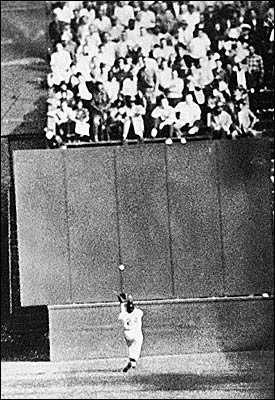
"contains less action than other professional sports" - Football is supposed to be full of action, but if you were to time the actual "action", that is, from the time the ball is hiked until the play stops, you'd find about 3-5 seconds of action amongst many minutes of substitutions, huddles, replays, time-outs, and penalties. Action would probably have to go to the hockey, basketball, soccer trilogy. (They are essentially the same game.) They run up the court, they run down the field, then they skate back up the rink again. Constant movement, that is the definition of action, but that doesn't translate into interest. During a close baseball game, especially a post season game, you hang on every pitch, each one being more excruciating than the next (especially when Isringhausen is pitching).
"baseball players are less athletic" - This is a truly absurd statement that no one could justify. The need for strength, agility and speed is needed by every player on the team. Can an offensive lineman be called more athletic because he is very big, heavy, and strong (and slow)? Can a man who does nothing but kick field goals or punts be considered more athletic?
"because there are 162 regular season games there is simply less on the line in any given game" - I think you could make a case for that, however, at the end of the season, it is often a matter of one or two games that make the difference between division winners and division losers. So just which game was the one that didn't matter. That is not a liability. With a 162 game schedule, you can't get by with one hot streak. The best teams don't always make it to the World Series, but they make it to the playoffs. At the end of the regular season, there are no lucky teams in baseball, and there are no cries about easy or hard schedules. On the other hand, you can look at a 16 game football schedule and make a case that, if the old adage is true that any given Sunday any one team can beat another, then it is better to be lucky than good in football.

"Overall they rate baseball as slow and less competitive" - This belongs with the "athletic" comment. It holds no credence. Does the base runner run slower than the running back? Can anyone see Jim Edmonds catch in game 7 of last year's NLCS and say anyone is more competitive than that. That statement alone deserves more than 40% rant.
So now I will indulge myself and tell you some of the reasons that Baseball is my passion.
First of all, it is a game that is unlike anything else in professional sports. Most games are a variation of soccer. Get your object down the field (court, rink) and put it in your opponents goal (basket, net). Basketball, hockey and soccer are the exact same game with football being the biggest variation on that theme. Baseball is the only game that is a team sport played one man at a time. It is the pitcher against the batter or the runner against fielder. If you keep a scorecard, like myself, you can look back and tell every important event that every player made. You can see all of the important statistics. Do you know anyone who has ever kept a scorecard of a football game? Could you tell anyone how many passes the quarterback made and what percentage were caught? Only if the announcer or stat man gave you those figures.
One of the things I find the most frustrating in football (and I realize a lot of this has to do with my lack of knowledge about the game) is on any given play such as an incomplete pass, it is very hard to tell exactly where the problem lies. Did the quarterback make a poor pass? Did the receiver blow the catch? Did an offensive lineman not do his job? Did a defensive back do his better? There is just too much going on all at the same time to analyze the whole play. Half of the enjoyment of watching sports is to analyze the game, and second guess the manager or coach. When we were at the Cubs-Cards game with the score tied 1-1 at the bottom of the tenth, Maybry on third and no outs, our minds were racing with the possibilities. Tagguchi gets up, you know he's no power hitter nor is he a great contact hitter, so he's just going to be trying to get a base hit. Sure enough, swings and grounds out to the shortstop leaving Maybry stranded. Next Eckstein is up, you know he strikes out less than almost anyone in baseball. It's a perfect situation for a suicide squeeze. Sure enough, he squeezes, the run scores, game over. The ability to understand the players abilities, strategies of the game and tendencies of the manager is what it is all about. There is nothing slow or boring about it. To say the game is boring only shows you know very little about the game.
Another disadvantage of football is it is not TV friendly. With men running in 22 different directions, it is hard to see a play unfold. You take that pass play again. You can see the quarterback set up and throw the ball but you don't know who is down field, or how many are down field or what their coverage is, until the ball is there. Was anyone open? Was there someone else it would have been better to throw to? You'll be lucky to find out during the 1/2 dozen replays they need to show you to see what just happened. In baseball, even though you can't see the outfield when the batter hits the ball, you know where everyone should be. There are many times you know whether it should be a hit or an out as soon as the ball comes off the bat. And if it should be an out, but it is not, you know exactly where the problem was.
Also there is very little specialization in baseball. True, each player plays a different position but after the ball is hit, everyone's job is to catch the ball and get the batter or runner out. There is no offensive line and defensive line. Every man who plays in the field has to take his turn at bat (of course with the exception of the AL designated hitter which is a bad idea, has been a bad idea, and will always be a bad idea. I can't understand any true baseball fan wanting anything to do with it).
Let's take another look at the athleticism of baseball players. I enjoy that fact that it takes a balance of speed, agility and strength. Relatively normally proportioned people play it. Anyone familiar with David Eckstein or Ozzie Smith can see that you don't have to be freak of nature like a 300 pound linesman or an 8 foot basketball player. Again, I'm not trying to take away from football or basketball, it is just one of the things that I enjoy about baseball.
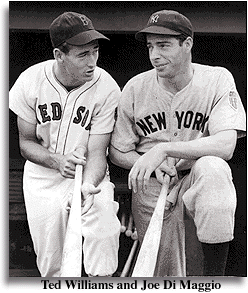
I could go on all night, but I'm sure I lost most of you a long time ago, so I'll just make one more point. Baseball has more history than all other sports put together. It evolved from games that were played during the revolutionary war and solidified during the Civil war. The first professional baseball league started in 1871. That is 5 years before Custer had his bad day at Little Bighorn. Statistics have been kept since Henry Chadwick came up with the box score in the 1860s. That gives us a lot of reference to who are good players and what makes them so. And now I will shut up (I'm over on my rant allotment!)



 What it would take to pull a comet into our atmosphere to crash into the Earth, would depend on the speed, mass, and trajectory of the comet. Three things can happen, it can be captured by the gravitational field and crash into the Earth, it can pass by and just be deflected, or if everything comes together just right, it could be captured by Earth's gravitational field and fall into orbit around the Earth.
What it would take to pull a comet into our atmosphere to crash into the Earth, would depend on the speed, mass, and trajectory of the comet. Three things can happen, it can be captured by the gravitational field and crash into the Earth, it can pass by and just be deflected, or if everything comes together just right, it could be captured by Earth's gravitational field and fall into orbit around the Earth.



